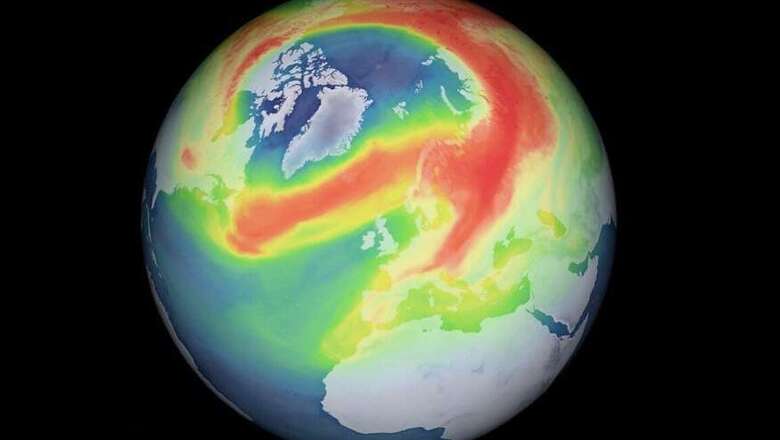
views
We all are aware about the fact that the world is on fire, from the west coast in the United States of America to the catastrophic bushfires in Australia earlier this year. It has become essential for us to preserve our planet earth. September 16 is celebrated as International Day for the Preservation of the Ozone Layer or World Ozone Day. Ozone is the essential gaseous layer around our planet which maintains the balance in nature.
What is Ozone?
Just like we wear sunscreen on our bodies to protect ourselves from the harmful effects of sunlight, the ozone layer acts like the sunscreen for planet earth. It is a fragile gaseous shield which protects the Earth from the harmful portion of the rays of the sun, thus helping to preserve life on the planet. The stratospheric layer shields Earth from most of the sun’s harmful ultraviolet radiation.
What happened to it?
This delicate shield was endangered after observations and measurements from satellites and other instruments resulting in an ozone hole over Antarctica that was growing larger every year. Now, a similar hole has opened over the Arctic. The stratospheric ozone coverage worldwide had dropped 5% between 1970 and the mid-1990s. The damage to the layer was due to ozone-depleting gases (ODSs) used in aerosols and cooling, such as refrigerators and air-conditioners. The ozone hole was threatening to increase cases of skin cancer and cataracts, and damage plants, crops, and ecosystems.
What did we do?
To tackle this problem, governments around the world came together and adopted the Vienna Convention for the Protection of the Ozone Layer in 1985. The Convention’s Montreal Protocol asked governments, scientists and industry workers to cut out 99 per cent of all ozone-depleting substances. Due to these substantial steps, the ozone layer is now healing and is expected to return to pre-1980 values by mid-century according to the United Nations.
Did we solve it?
Countries around the world have worked together to reduce and eliminate the use of chlorofluorocarbons (CFCs) and other ozone-destroying chemicals for 30 years now. The collective effort bore its fruits after a 2016 study, which tracked the evolution of the size of the ozone hole over Antarctica and observed that stratospheric ozone concentrations were continuing to increase and that the size of the Antarctic ozone hole had declined between 2000 and 2015. The ozone is expected to fully heal between 2040 and 2070.




















Comments
0 comment